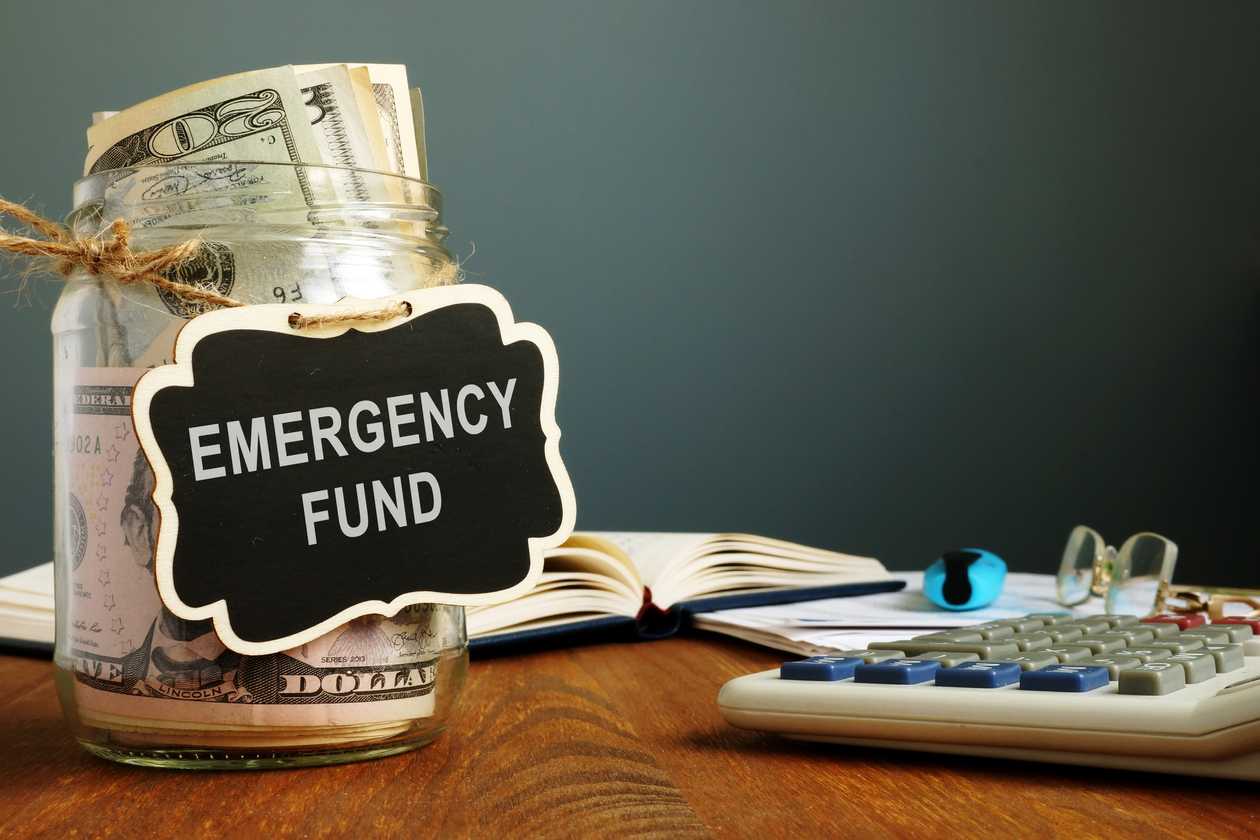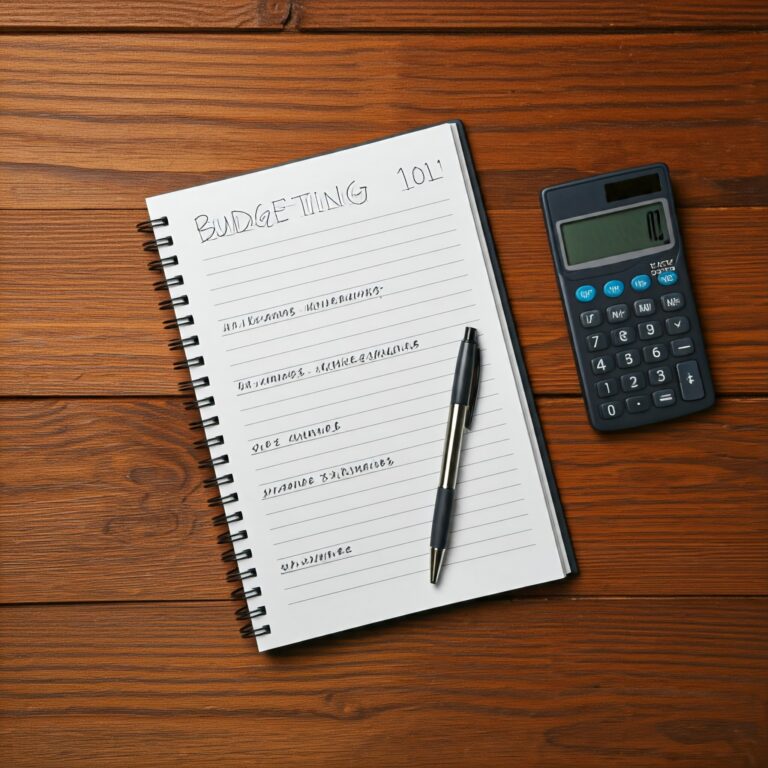Life is unpredictable, and unexpected financial emergencies can arise at any time. Whether it’s a job loss, a medical emergency, or a major home repair, having an emergency fund can provide a financial safety net. This article will guide you through the process of building a robust emergency fund.
Understanding the Importance of an Emergency Fund
An emergency fund is a crucial financial safety net that can help you weather financial storms. Without it, you may be forced to rely on credit cards or loans, which can lead to debt and financial stress.
How Much Should You Save?
A common recommendation is to save three to six months’ worth of living expenses. However, the ideal amount depends on your individual circumstances. Consider factors like your job stability, health conditions, and dependents.
Step-by-Step Guide to Building an Emergency Fund
- Assess Your Current Financial Situation:
- Track Your Expenses: Monitor your monthly expenses to identify areas where you can cut back.
- Calculate Your Monthly Expenses: Determine the essential costs, such as rent, utilities, groceries, and transportation.
- Evaluate Your Debt: Assess your debt obligations and create a plan to pay them off.
- Set Realistic Goals:
- Start Small: Begin with a modest goal and gradually increase your savings.
- Break It Down: Divide your target savings into smaller, achievable milestones.
- Set a Timeline: Establish a timeframe for reaching your savings goal.
- Create a Dedicated Savings Account:
- High-Yield Savings Account: Choose an account with a competitive interest rate to maximize your savings.
- Easy Access: Ensure the account is easily accessible, but avoid impulsive withdrawals.
- Automate Your Savings:
- Set Up Automatic Transfers: Schedule regular transfers from your checking account to your savings account.
- Direct Deposit: Consider direct depositing a portion of your paycheck into your savings account.
- Prioritize Saving:
- Make Saving a Habit: Treat saving as a non-negotiable expense.
- Cut Unnecessary Expenses: Identify areas where you can reduce spending, such as dining out, entertainment, and subscriptions.
- Review and Adjust:
- Monitor Your Progress: Regularly track your savings and adjust your goals as needed.
- Reassess Your Financial Situation: Periodically review your income, expenses, and savings goals.
Tips for Building Your Emergency Fund Faster:
- Side Hustle: Consider taking on a part-time job or freelancing to boost your income.
- Sell Unwanted Items: Declutter your home and sell items you no longer need.
- Negotiate Bills: Negotiate lower rates for services like cable, internet, and insurance.
- Cook at Home: Reduce dining out expenses by cooking meals at home.
- Use Cashback Apps: Utilize cashback apps to earn rewards on your purchases.
Additional Considerations
- Emergency Fund Investment Options: For long-term savings goals, consider low-risk investments like certificates of deposit (CDs) or treasury bills.
- Emergency Fund for Specific Goals: Create separate emergency funds for specific goals, such as a down payment on a house or a child’s education.
- Protect Your Emergency Fund: Avoid dipping into your emergency fund for non-emergency expenses.
Conclusion
Building an emergency fund is a crucial step toward financial security. By following these steps and adopting a disciplined approach, you can create a safety net that will protect you from unexpected financial challenges. Remember, consistency is key, so start small and gradually build your emergency fund.





